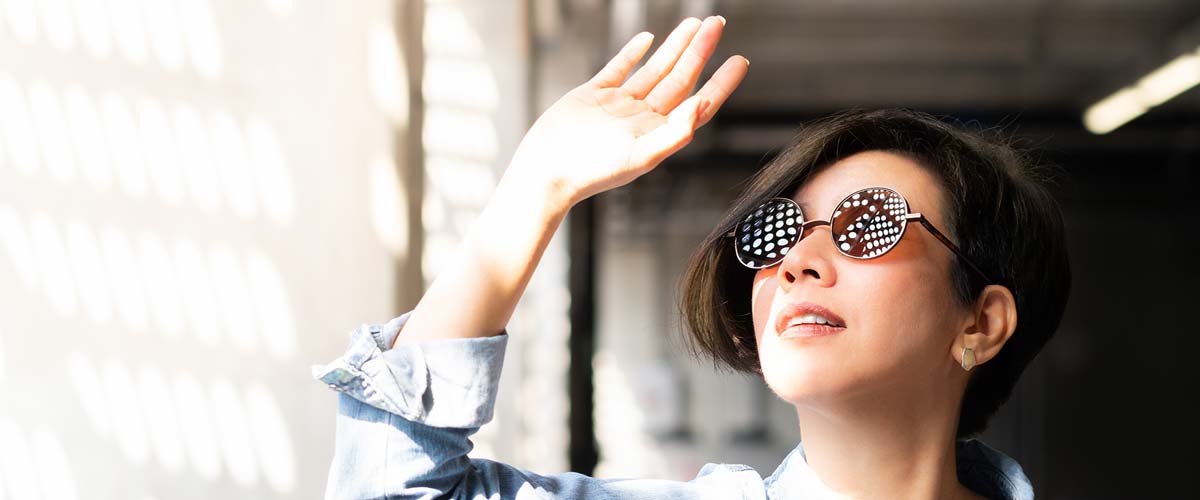Broad spectrum. It’s a term you hear thrown around constantly when it comes to sunscreens, but do you know what it really means for your skin? Let's start with the types of UV Rays.
UVA
UVA rays are those that penetrate most deeply into the skin. They are considered to be the primary cause of premature ageing and contributors to developing skin cancer. UVA rays are present at fairly consistent levels throughout daylight hours all year round. UVA rays are able to penetrate through both glass and cloud cover¹.
UVB
UVB rays hit don’t penetrate as deeply into the skin as UVA, but are the main causes for burns, skin reddening and skin cancers². UVB rays are most present during the summer months between the hours of 10:00 AM and 2:00 PM¹.
UVC
You may not have heard of UVC and this is because at this time UVC is absorbed by the ozone layer and does not reach the surface of the skin. This is why UVC is not often mentioned when discussing broad spectrum protection.
An easy way to remember the difference between UVA and UVB is to think: A is for ageing and B is for burning.
But be aware, both UVA and UVB cause irreparable damage to the skin and contribute to skin cancers, so it is important to protect against.
Because UVB levels vary significantly throughout the year it’s important to check out the daily UV levels if you will be outside for an extended period. You can keep an eye on these by visiting ARPANSA or downloading the SunSmart app on your mobile, which can send you a daily notification of the UV level.
The best thing you can do to ensure you are protected from both UVA and UVB rays is to use a broad-spectrum SPF 50+ sunscreen all year round along with protective clothing such as hat, sunglasses, as well as seeking shade during days where the UV reaches over 33.
SunSense sunscreens are broad spectrum and offer SPF 50+ protection so you can be assured that you are getting the highest level of SPF protection against both UVA and UVB rays when correctly applied on the skin.
